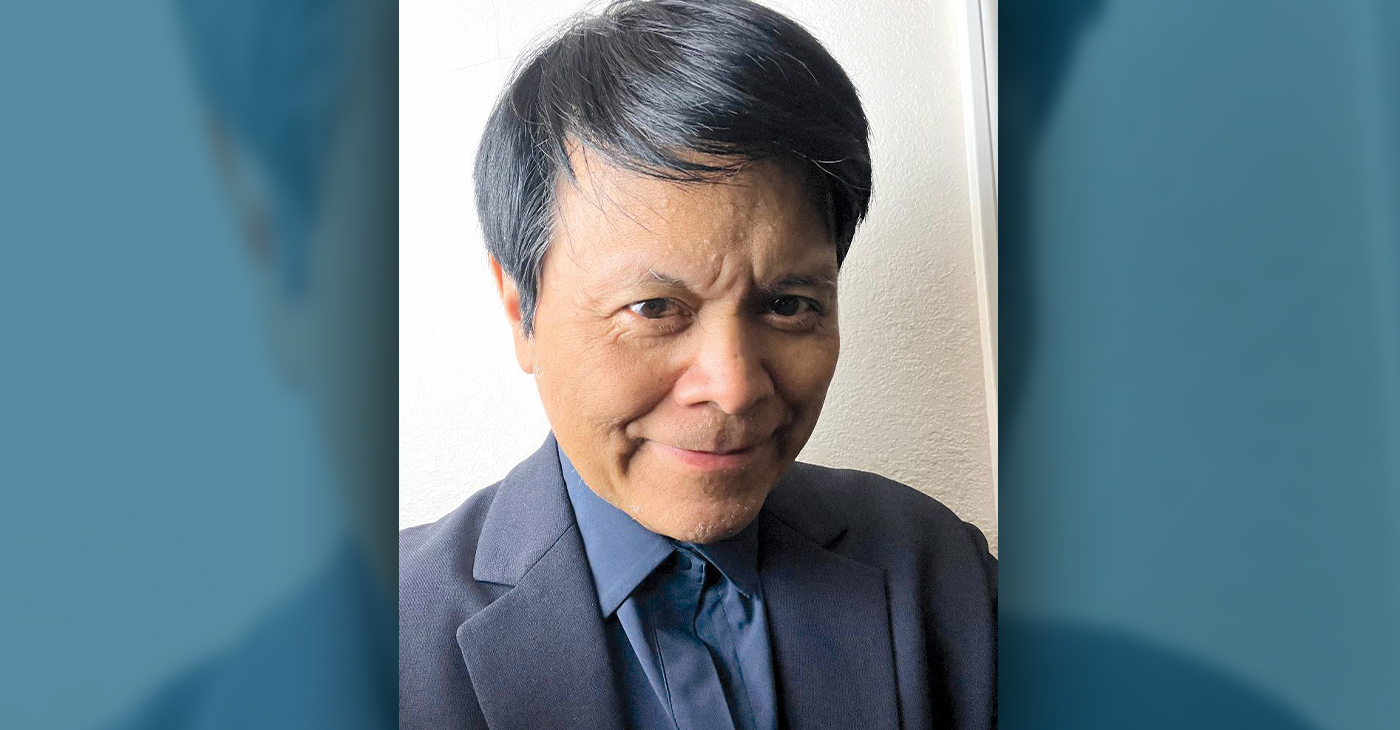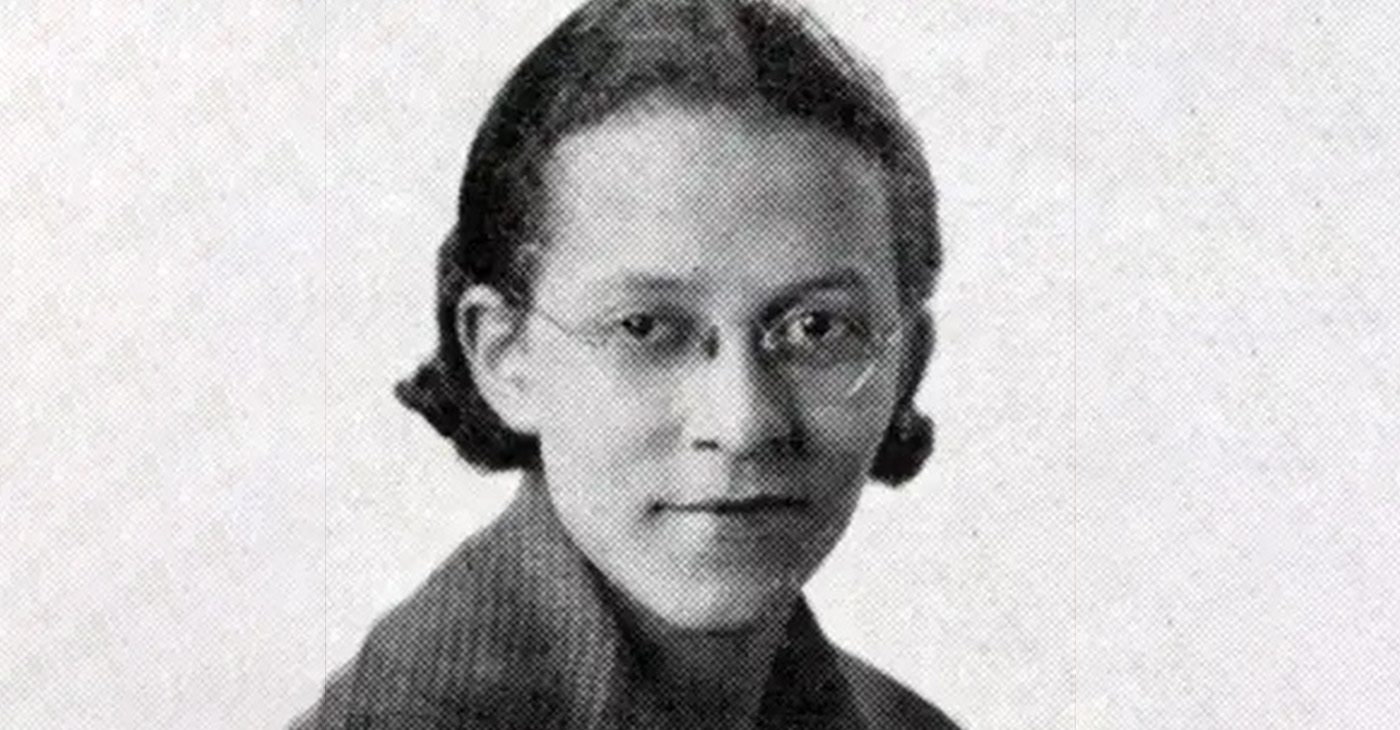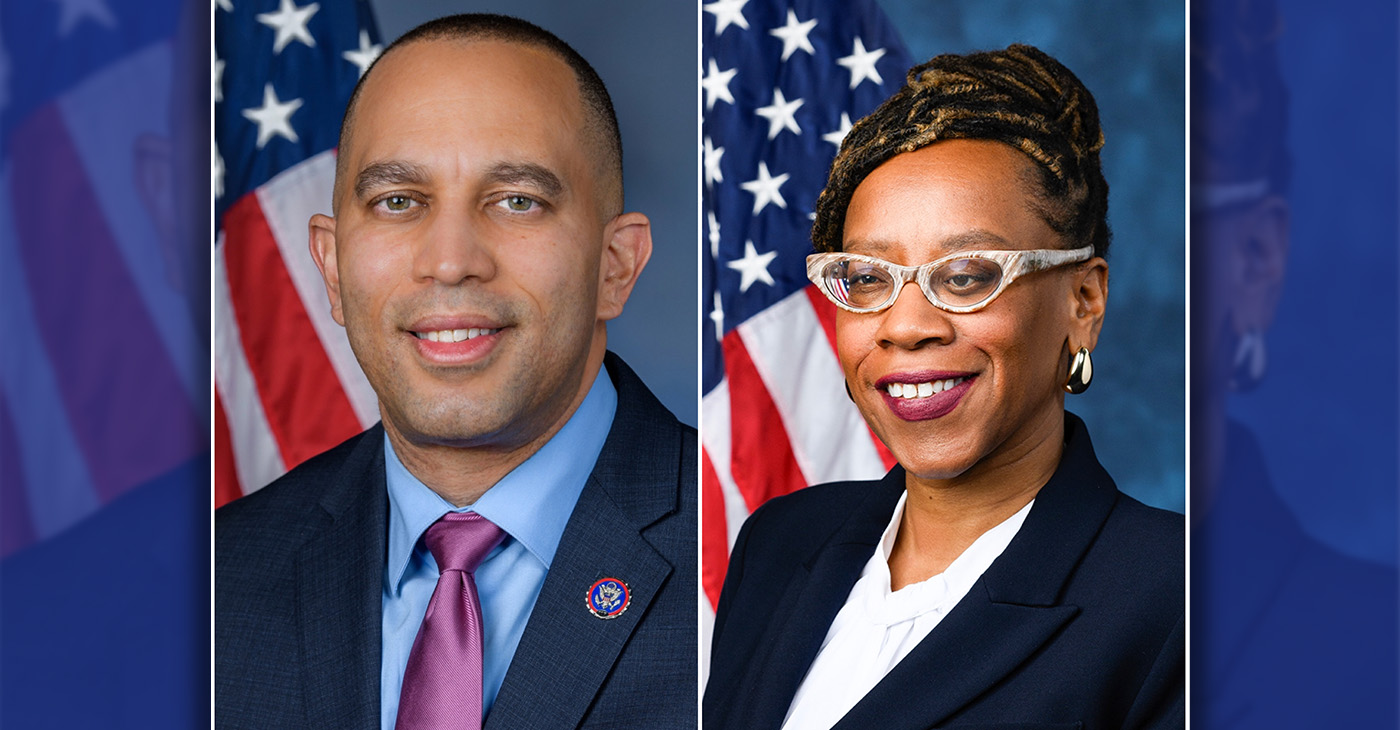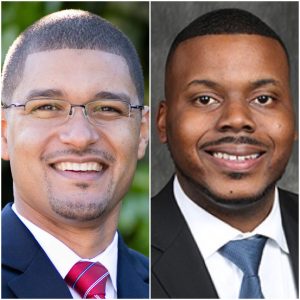Arts and Culture
Don’t Kid Yourself, History and Racism Are Traumatic
Filipinos weren’t enslaved, but as colonized people the tens of thousands who came as laborers were convenient replacements to come and work the agricultural fields of California. There’s not much difference between how Filipino colonials were treated compared with Blacks post-slavery. Filipinos, like Blacks, couldn’t be citizens, couldn’t intermarry, couldn’t own land, couldn’t vote.

By Emil Guillermo
“Emil Amok: Lost NPR Host…,” the one-man show I’m doing at Under St. Marks Theater in New York City until March 4, wasn’t really intended as a history show.
But it has turned into that.
I talk about how Filipino Americans continue to overcome the legacy of being America’s first colony in 1898. The U.S. had 13 original colonies, I guess the country just felt the need to have a colony of its own in order to feel its own oppressive power. The impact has lasted with Filipino’s “colonial mentality.”
I also point out how a pattern emerges between African American history and Asian American Filipino history. Filipinos weren’t enslaved, but as colonized people the tens of thousands who came as laborers were convenient replacements to come and work the agricultural fields of California.
There’s not much difference between how Filipino colonials were treated compared with Blacks post-slavery. Filipinos, like Blacks, couldn’t be citizens, couldn’t intermarry, couldn’t own land, couldn’t vote.
But Filipinos had that designation, “American National,” special class, second class, colonized. As non-citizens, the U.S. owned us and considered us “wards of the state.”
As I prepared for my show looking at our collective BIPOC history, it’s incredible how much AAPIs in particular have had to endure. Model minority?
Not if you look throughout Asian American history, from the Chinese Exclusion Act of 1882 to Filipino colonialism, to incarceration of Japanese Americans during World War II. (Incidentally, the 82nd anniversary of President Franklin Delano Roosevelt’s signing of Executive Order 9066, that rounded up 120,000 Japanese Americans was this past Sunday).
There’s so much history of discrimination to ponder among all BIPOC communities that if you are a member and think it’s taken a toll on your brain, as well as your entire body, you’re right.
Richard Sima, a neuroscientist and science journalist at the Washington Post, writes:
“Experiences of racial discrimination are consistently linked with mental health issues such as depression, anxiety, substance use and PTSD, as well as physical ailments such as diabetes, hypertension and obesity. Black Americans, for instance, are about twice as likely as white Americans to develop dementia.”
Sima says that over the long term, racism accelerates aging and degrades the parts of the brain that deal with emotion and cognition.
“This is not an effect of race,” Nathaniel Harnett, neuroscientist at McLean Hospital and an assistant professor of psychiatry at Harvard Medical School, told Sima. “It is an effect of the burdens we place on racial groups.”
The problems really kick in personally when the trauma we experience from race is invalidated or questioned.
How many times do people tell you, “That’s not racism.” Or, “It’s in your head.” Or “You’re imagining things.”
Chances are you’re not imagining things.
But that’s the problem. The self-doubt leads to “individual invalidation” and the struggle over self-worth.
And either we think about it, get vigilant, and struggle to overcome.
Or, we get crushed by it, run out of resources and get overcome as we try to manage the constancy of racism in our everyday experience. When we can’t deal with it all in a timely manner, racism increasingly becomes a mental health issue.
More and more studies are showing the overall impact of race discrimination is a “wear and tear” on the body with neuroimaging data showing a degrading in the brain’s gray and white matter.
The remedy? For some, simply slowing down and seeking mindfulness training can help. For
others, talking to a therapist, or more, may be needed.
There should be nothing wrong with seeking help. But too often, seeking help is either seen as a weakness or a flaw that people would rather not admit to in public.
I choose to do a one-man show about being Filipino in America. It’s not therapy. But it’s entertaining. You don’t have to be in New York, get a live stream ticket and see the show from your home.
Get tickets here: https://www.frigid.nyc/event/6897:338/
Emil Guillermo is a veteran award-winning journalist, commentator, and stage performer. See his vlog at www.amok.com
Activism
Golden State Warriors Program Is Inspiring Next Generation of Female Engineers
Breaking down barriers and biases that deter young girls from pursuing STEAM subjects is essential for creating a level playing field and ensuring equal opportunities for all. By challenging stereotypes and promoting a culture of inclusivity and diversity in STEAM fields, experts believe young girls can be empowered to pursue their interests and aspirations without limitations confidently. Encouraging mentorship, providing access to resources, and celebrating girls’ achievements in STEAM are all crucial steps in creating a supportive environment that fosters success.

By Y’Anad Burrell
The Golden State Warriors and e-commerce giant Rakuten are joining forces to inspire the next generation of female engineers through Building STEAM Futures, part of The City Calls campaign.
Organizers say the initiative is founded on the idea that science, technology, engineering, arts, and mathematics (STEAM) are crucial fields for innovation and progress, and empowering young girls to pursue careers in these areas is more important than ever. Studies consistently show that girls are underrepresented in STEAM fields, resulting in a gender disparity that limits potential and hinders diversity.
Breaking down barriers and biases that deter young girls from pursuing STEAM subjects is essential for creating a level playing field and ensuring equal opportunities for all. By challenging stereotypes and promoting a culture of inclusivity and diversity in STEAM fields, experts believe young girls can be empowered to pursue their interests and aspirations without limitations confidently. Encouraging mentorship, providing access to resources, and celebrating girls’ achievements in STEAM are all crucial steps in creating a supportive environment that fosters success.
On Saturday, March 8, International Women’s Day, the Warriors and Rakuten hosted 20 middle school girls from Girls Inc. of Alameda County at Chase Center’s Above the Rim for a hands-on bridge-building experience. The young girls from Girls, Inc. of Alameda County had an opportunity to design, build and test their own bridge prototypes and learn the fundamentals of bridge construction from the Engineering Alliance and the UC Berkeley Steel Bridge Team.
This STEAM experience for the girls followed the first session in January, where they took a behind-the-scenes tour of the Golden Gate Bridge, learning about its design and construction from industry experts. The City Calls campaign, tipped off with the unveiling the Warriors’ new bridge-themed City Edition jerseys and court design earlier this year.
Arts and Culture
Beverly Lorraine Greene: A Pioneering Architect and Symbol of Possibility and Progress
Greene graduated from the University of Illinois at Urbana-Champaign in 1936 with a degree in Architecture — a remarkable accomplishment for an African American woman at the time. She was never discouraged by the racial and gender discrimination that saturated her field.

By Tamara Shiloh
In the mid-20th century, Beverly Lorraine Greene was recognized as the first African American woman licensed to practice architecture in the United States.
Greene was born on Oct. 4, 1915, in Chicago during an era when opportunities for African Americans, particularly women, were severely limited.
Her parents, James and Vera Greene, were deeply invested in her education, instilling in her a belief in the power of intellect and perseverance. She grew up during the Great Migration that transformed Chicago starting in 1900.
Greene graduated from the University of Illinois at Urbana-Champaign in 1936 with a degree in Architecture — a remarkable accomplishment for an African American woman at the time. She was never discouraged by the racial and gender discrimination that saturated her field.
Greene continued her education, earning a master’s degree in City Planning and Housing in 1937, also from the University of Illinois. Her ambition was not merely to design structures but to shape spaces that fostered equity and community. In 1942, she became the first African American woman licensed as an architect in the United States, obtaining her credentials in Illinois. This groundbreaking achievement, however, did not translate immediately into job opportunities.
Early in her career, she faced significant discrimination from firms unwilling to hire a Black woman. However, her determination never wavered. In 1945, Beverly moved to New York City, a place she believed could offer broader professional opportunities.
She joined the architectural department of the New York City Housing Authority, focusing on affordable housing projects. Her work during this time reflected her commitment to using architecture as a tool for social justice, ensuring that marginalized communities had access to well-designed, dignified living spaces.
Greene’s talents soon drew the attention of prominent firms. She was hired by Isadore Rosenfield, a respected architect known for designing hospitals. She contributed to the design of healthcare facilities, including the modernization of Harlem Hospital. Her portfolio expanded in collaboration with architectural personalities such as Marcel Breuer and Edward Durell Stone.
Notably, she worked on the prestigious UNESCO headquarters in Paris — a landmark project that brought her skills to an international stage. Her involvement underscored her ability to navigate the intricacies of large-scale, global projects, proving that her talents transcended the limitations society sought to impose.
Greene’s career was tragically cut short when she passed away unexpectedly in 1957 at the age of 41. Though her life was brief, her impact was profound. She shattered entrenched barriers, paving the way for future generations of Black architects and women in the field.
Activism
U.S. House Minority Leader Hakeem Jeffries and Rep. Lateefah Simon to Speak at Elihu Harris Lecture Series
The popular lecture series is co-produced by the Oakland-based Martin Luther King Jr. Freedom Center and Peralta Community College District. Jeffries’ appearance marks the 32nd lecture of the Barbara Lee and Elihu Harris Lecture Series, which has provided thousands of individuals with accessible, free, high-quality information.

By Scott Horton
United States House of Representatives Minority Leader Hakeem Jeffries (D-NY-8) will be a speaker at the Barbara Lee and Elihu Harris Lecture Series on Friday, Feb. 21.
The event will be held at the Henry J. Kaiser Center for the Arts, 10 Tenth Street in Oakland, at 7 p.m.
The popular lecture series is co-produced by the Oakland-based Martin Luther King Jr. Freedom Center and Peralta Community College District. Jeffries’ appearance marks the 32nd lecture of the Barbara Lee and Elihu Harris Lecture Series, which has provided thousands of individuals with accessible, free, high-quality information.
The overarching goal of the lecture series is to provide speakers from diverse backgrounds a platform to offer their answers to Dr. King’s urgent question, which is also the title of Jeffries’ latest book: “Where do we go from here: Chaos or Community?”
In addition to Jeffries, Congresswoman Lateefah Simon (D-CA-12) will also speak.
“Certainly, now is a time for humanity, in general, and Americans in particular to honestly and genuinely answer Dr. King’s question,” said Dr. Roy D. Wilson, Executive Director of the Martin Luther King Jr. Freedom Center and Executive Producer of the lecture series.
“Dr. King teaches that time is neutral but not static. Like the water in a river, it arrives and then quickly moves on,” continued Wilson. “We must urgently create conditions for listening to many different answers to this vital question, and generate the development of unity of action among all those who struggle for a stronger democracy.”
In his book, Jeffries shares his experience of being unanimously elected by his colleagues as the first African American in history to ever hold the position of House Minority Leader.
In January 2023 in Washington, Jeffries made his first official speech as House Minority Leader. He affirmed Democratic values one letter of the alphabet at a time. His words and how he framed them as the alphabet caught the attention of Americans, and the speech was later turned into a book, The ABCs of Democracy, bringing Congressman Jeffries rousing speech to vivid, colorful life, including illustrations by Shaniya Carrington. The speech and book are inspiring and urgent as a timeless reminder of what it means to be a country with equal opportunities for all. Jeffries paints a road map for a brighter American future and warns of the perils of taking a different path.
Before his colleagues unanimously elected him Minority Leader in 2022, Jeffries previously served as Chair of the House Democratic Caucus and as an Impeachment Manager during the first Senate trial of the 45th President of the United States.
Jeffries was born in Brooklyn Hospital, raised in Crown Heights, grew up in the Cornerstone Baptist Church and he is a product of New York City’s public school system, graduating from Midwood High School. Jefferies went on to Binghamton University (BA), Georgetown University (master’s in public policy) and New York University (JD).
He served in the New York State Assembly from 2007 to 2012.
Admission is free for the Feb. 21 Barbara Lee and Elihu Harris Lecture Series featuring Congressman Jeffries. Please reserve seats by calling the Martin Luther King Jr. Freedom Center at (510) 434-3988.
Signed copies of his book will be available for purchase at the event.
-

 Activism4 weeks ago
Activism4 weeks agoOakland Post Endorses Barbara Lee
-

 Activism4 weeks ago
Activism4 weeks agoOakland Post: Week of March 28 – April 1, 2025
-

 Activism3 weeks ago
Activism3 weeks agoOakland Post: Week of April 2 – 8, 2025
-

 #NNPA BlackPress3 weeks ago
#NNPA BlackPress3 weeks agoTrump Profits, Black America Pays the Price
-

 Activism2 weeks ago
Activism2 weeks agoOakland Post: Week of April 9 – 15, 2025
-

 #NNPA BlackPress3 weeks ago
#NNPA BlackPress3 weeks agoHarriet Tubman Scrubbed; DEI Dismantled
-

 #NNPA BlackPress3 weeks ago
#NNPA BlackPress3 weeks agoLawmakers Greenlight Reparations Study for Descendants of Enslaved Marylanders
-

 #NNPA BlackPress3 weeks ago
#NNPA BlackPress3 weeks agoTrump Targets a Slavery Removal from the National Museum of African-American History and Culture
























































